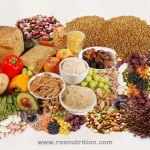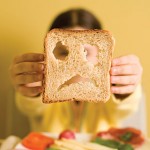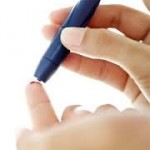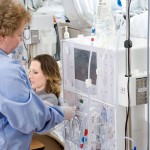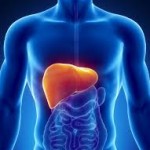Creating an Ulcerative Colitis Diet Plan
If you have ulcerative colitis, you probably know which foods trigger your symptoms. The good news is there are ways of eating with ulcerative colitis that allow you to avoid the foods that aggravate your bowel condition. In addition, some new research indicates that specific nutrients in some foods may help decrease GI inflammation. That can make it easier to self-manage your illness.




